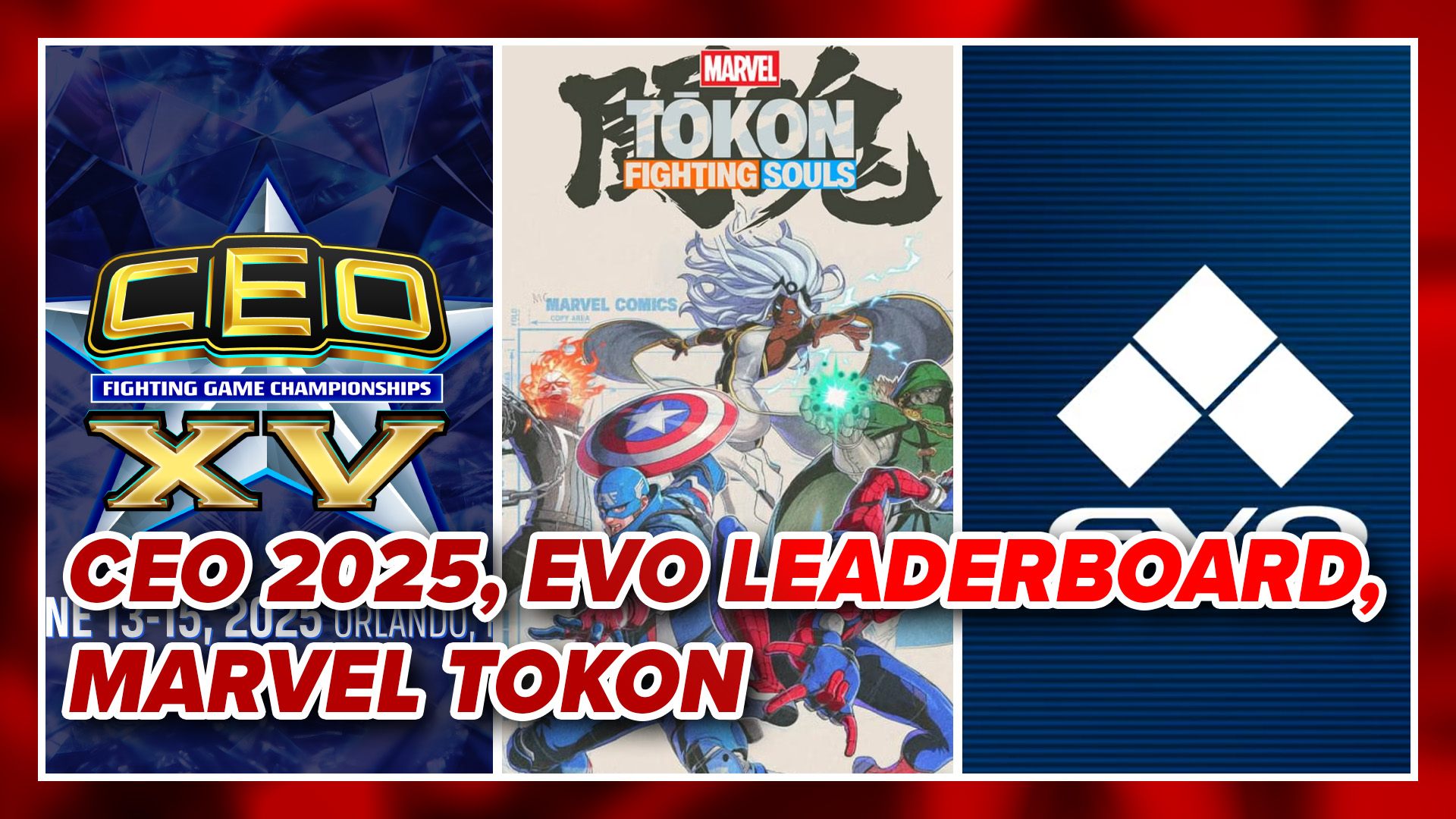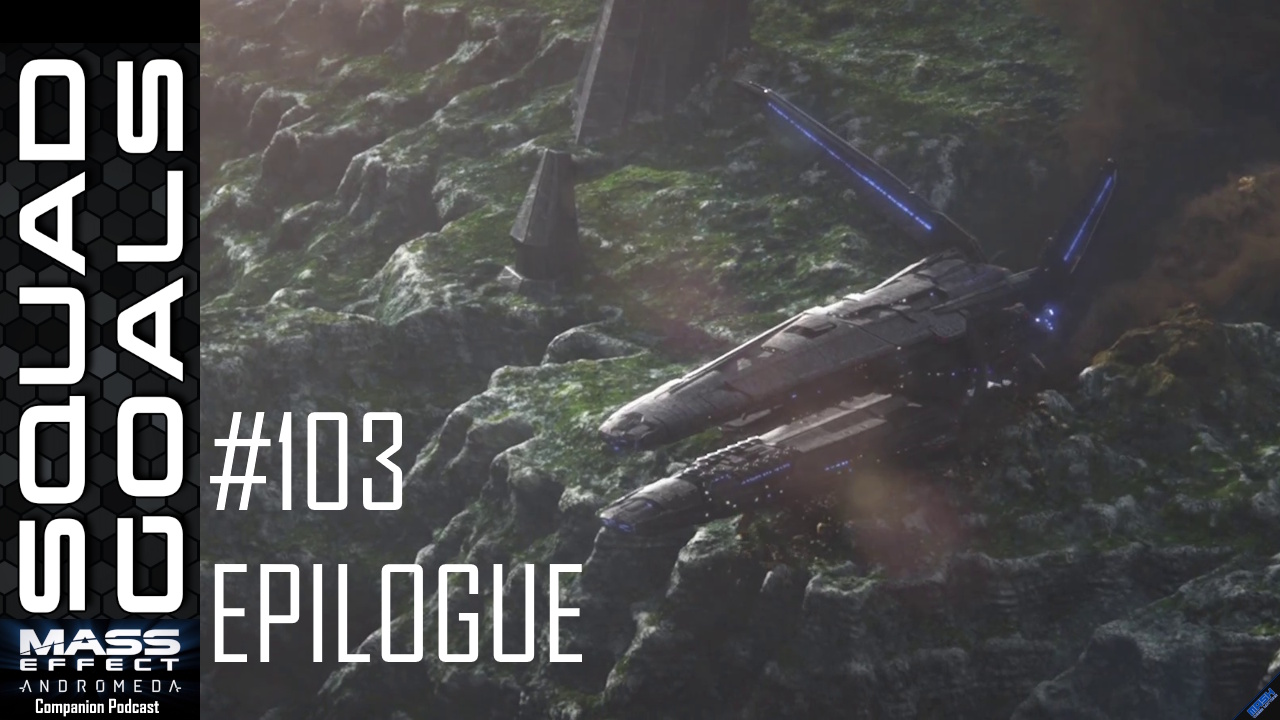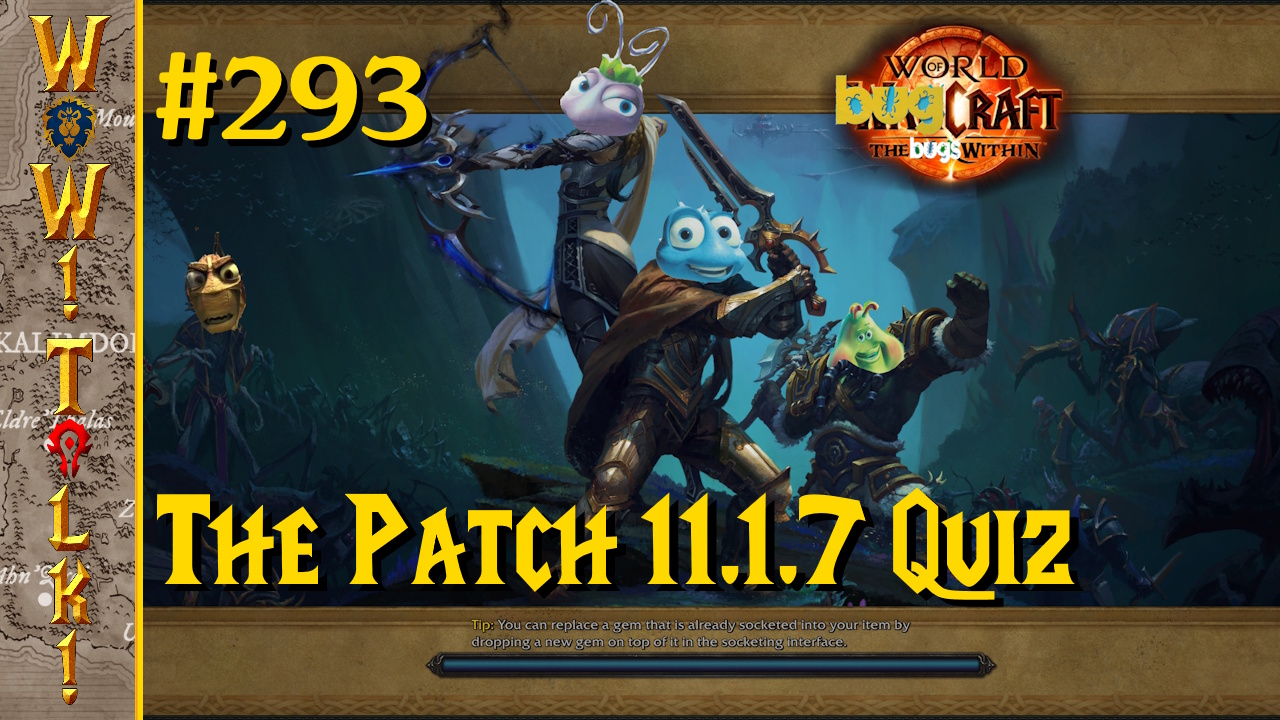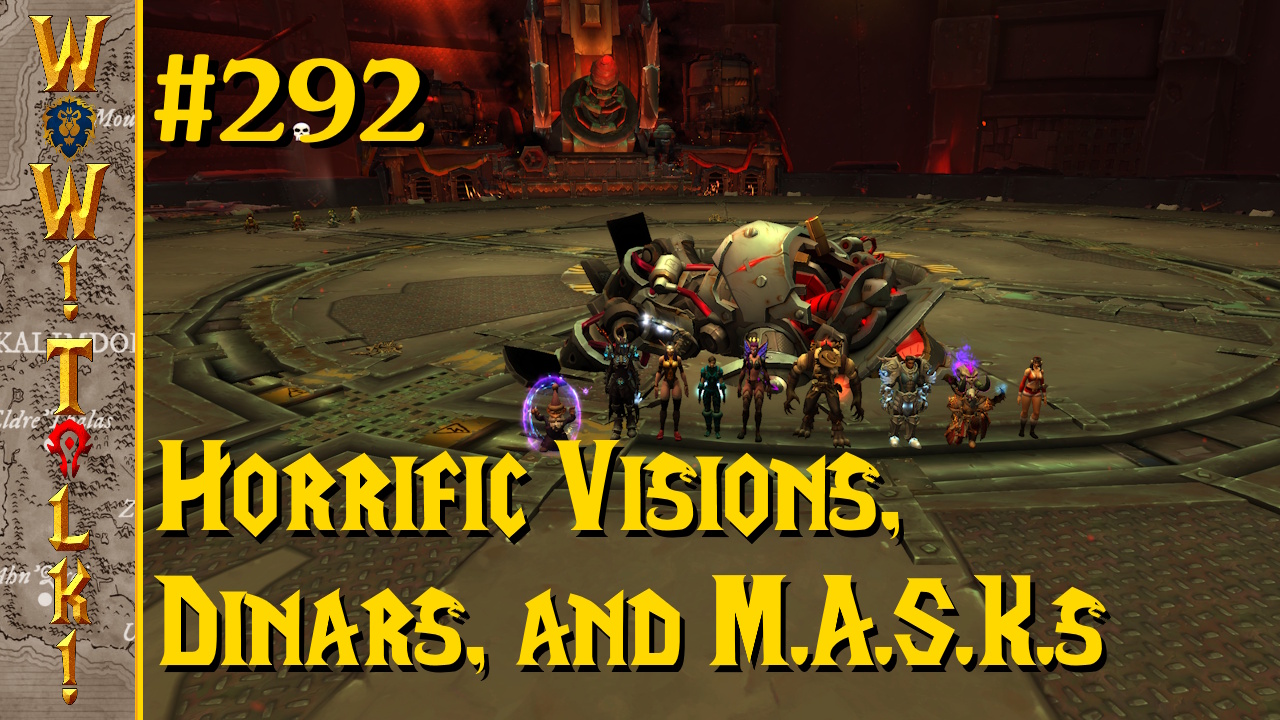
I’ve been really looking forward to Muramasa Rebirth. I never managed to get around to playing it when it came out on the Wii, much like Donkey Kong Country Returns. Unlike Donkey Kong Country Returns, I am hopelessly in love with this game. Beautiful does not even begin to describe the game’s artwork, the combat is deep with tons of interesting nuances, and the storyline is quite different and filled with lots of nods to Japanese folklore. The game just has so much going on in it that I get hopelessly snagged every time I turn it on, and it took a lot of willpower just for me to shut it off to write this review. It’s definitely one of those “I’ll just play until the next save point…wait, is it really 5am?” games.
I’m probably not the only one who was drawn to this game by the artwork. It’s completely stunning, especially in how it looks on the Vita’s screen. I’m kind of glad I waited to play it, because the Wii’s SD output couldn’t make this stuff look as good as it deserves to. The game just looks incredible, like a painting that’s come to life. Drawing from traditional Japanese artwork and having that particular Vanillaware style, it manages to create these beautiful scenes and battles; making a game I can truly enjoy just by looking at. I’d be happy to hang screenshots of this game up around my house.
I’d frequently stop when I entered a new area just to look around, as the fine detail on the locales is worth taking some time to appreciate. Trees, rocks, grass, and all sorts of things I take for granted are painted with such care. I’d jump up and down, watching wheat fields spread out as my range of vision changed. The game changes locations frequently, too, so there is never any shortage of new places and things to look at. In cities I’d watch shadows moving behind curtains, in cherry blossom forests I could see leaves blowing in the wind, and I could watch painted waves lap at the shore along the beach. Seeing this all moving within the confines of a living, breathing painting is something truly special, and turns insignificant details into something worth looking at.

The artists at Vanillaware could have been content with just painting these incredible backgrounds, but they wanted them to feel alive. With that in mind, things are always in motion; with trees shifting in the breeze and things like that. Even the characters will look over at the player while running, and the game never gives a sense that it is just drawing the character. I feel like I’m not just looking at a character sprite when I watch Momohime (one of the main characters) run and move, as the little details in where she looks give her this liveliness I’m not used to seeing from games. It looks natural, as do most of the moving backgrounds, when the artists could have just left the characters and backgrounds static. It would have still looked good, but it would have lacked the bizarre life this artwork is infused with. For something that isn’t even aspiring to look realistic, it looks more alive and real to me than the most graphically intense games coming out on next gen consoles.
The monster designs are just fantastic, too, especially if you’re into monsters from folklore. Beyond the average array of ninjas and samurai (who look pretty good in motion too), you get kappas, kasa-obake (creepy living umbrellas), and dozens of other demons and monsters. Looking up the folklore of these creatures is fun in and of itself, and I do wish there had been some sort of bestiary in the game for me to read more on them. Anyway, they’re all very colorful and very different form each other, giving the player an almost constant barrage of new things to fight. These creatures also look as great in motion as everything else does, moving with fluidity despite being painted images. Have I driven home that the game looks good, yet?
The bosses. The bosses are like liquid joy being pumped into my eyeballs. They look great, and they’re so wildly different and bizarre that they need to be fought to be believed. I fought a giant that lived in the clouds, having to swipe at a foot that kept crashing down onto my screen. Once I hurt that foot enough I could hop onto it and ride it into the clouds where I could see the giant’s head and body far in the background, howling and firing beams at me. I’d have to swipe at his hand when he attacked me to do, and once I managed to beat him, he turned into a giant boar with a garden growing on his back. I didn’t even know what happened. The game goes nuts with its bosses, and just seeing them makes the whole game worthwhile.

If you’re wondering how you’re going to attack any of this stuff I’ve been raving about, trust me when I tell you that you have many interesting options. You have a couple of basic attacks, all executed by hitting square and fiddling with jumping or the left stick. Repeatedly hitting square will eventually send you into a really quick combo, which is nice because that’s typically what I want to do when I’m spamming the attack button anyway. On top of that, hitting up while attacking will shoot you into a vertical attack, and hitting down and attack while jumping will make you slam down to the ground. Holding square makes you defend, and while you hold it in you can hit any direction to make your character do a rush attack in that direction, something that’s incredibly handy to get away from the vicious attacks of the game’s bosses or larger enemies.
You can block just about anything by continually attacking, though, which is kind of amazing. As long as you’re either attacking or holding square, you will deflect all damage. The system is great because it encourages you to be constantly aggressive; keeping combat fast paced. It would have broken the game, though, if they hadn’t created a fancy system for your weapons. You can have three swords equipped at any one time, switching to them by hitting a button whenever you like. Each of those swords has its own meter that goes down whenever you block an attack with it, and if you take enough damage the sword ‘breaks’ and you won’t be able to use it for a while.
This is where the game’s balancing comes into play, and if you feel like it’s too easy at the start, just wait a little bit. Soon, enemies start doing very heavy damage to your swords if you block their attacks, and many bosses can break a sword outright if you block their most powerful attacks (and they typically follow up with more than one). You’re also stunned and downed for a few seconds after your sword breaks, leaving you open for follow-up attacks. This means that a couple of clumsy blocks against attacks you should have dodged will leave you damaged, stunned, and quite possibly without any weapons. You can still attack, but it’s practically worthless to hit an enemy with a broken sword. You never, ever want your sword to break, so there will be many times when an enemy is lunging at you and you’ll have to make a split-second decision about whether you have enough time to dodge, whether you want to risk your sword breaking, or if it’s best to just take the damage. Combat is filled with these decisions, and was really engaging because of it.

You pick up a ton of food items over time, though, so I didn’t really think I’d ever have to care about taking damage. Certain foods increase something called your fullness meter, which I didn’t really understand at first. If you fill up your fullness meter by gorging on healing items, you won’t be able to eat any more until the meter drops back down. This means you can’t just spam most of the game’s healing items when you get hurt badly, and you’ll have to rely on the weaker stuff to keep you alive if you’re too full. The stuff that doesn’t contribute to the fullness meter really doesn’t heal you much, so you have to be very smart and prepare in advance for some of the game’s tough battles. It’s a cool system that made me think about my healing more than I’m used to, and is just another example of how they kept my mind involved in what could have been just another dumb beat’em up.
All this being said, fighting enemies just feels good. The screen bucks and shakes with every hit, hesitating just enough that every slash of the sword feels bone-shattering. The sounds and impacts all give your weapons a feeling of weight and power, making it just fun to slam into a group of enemies and obliterate them. Strikes will hit any enemy within range, so you can snag all of the enemies in a particular battle in one good swipe, following up with a vicious combo that has the screen shaking as you rip them apart. It’s positively brutal, and just makes swinging your sword around so very satisfying.
You’re constantly gaining experience and souls from fighting the enemies, too, which will let you gain strength, hit points, and new swords. Earning strength and hit points through leveling isn’t anything new, but forging new swords with souls is awesome. It means you don’t have to wait until you find a merchant or treasure to get new weapons, and just need to earn what you need in order to forge something. Need two thousand souls for a new sword? As soon as you have that many, open up your menu and buy what you want. You also require spirit to forge a sword, but you gain that for eating so it’s really not hard to earn.

You can equip swords based on your stats, so your level and attributes dictate what you can use so you don’t just buy something outlandish and stomp the game. You also have what’s essentially a skill tree for swords you can forge, and your progress along it is typically in keeping with what level sword you can use. It’s a bit visually confusing since it’s zoomed in a little too close to see other weapons on the tree when you want to look around, but it’s still a good system.
The game map was something that could have used a bit of work. Muramasa Rebirth is a 2D action game that plays out a little bit like Metroid, where you have small, individual areas that are all tied together by connecting paths, and some of them need certain swords to pass through. It’s pretty straightforward and easy to navigate, but the game has no real hub that connects everything so backtracking to old areas can take a lot of walking. Enemy encounters don’t respawn all that often when you beat them so you move quickly, but in the same sense it can make backtracking really dull. It’s not mandatory a lot of the time, but it would have been nice to have a fast travel option so I could go back and go to the secret areas I missed. You can hire a couple of guys to fast travel you, but they’re only in a few places and it can be a nuisance finding your way back to them.
Another issue I had was that some of the areas have nothing going on in them at all. I do like looking at the game’s backgrounds, but there would be times when I’d cross four or five sections of map with nothing in them. I know that enemy encounters are randomized in places, but doing nothing across a bunch of screens on my first time through just felt like wasted space. I’d rather have a shorter walk with more to do, but I suppose it was nice to have a chance to savor the locales at points. I’d rather look around when I felt like it, though, and not when the game gave me nothing better to do.
The problems I have with the game are pretty minor when put up against how much I liked it. Muramasa Rebirth is one of the best beat’em ups I’ve ever played; showing a lot of depth and challenge in its combat. There was lots to think about when most games would be happy with some mindless brawling, and it made the combat consistently interesting. The visual style just made it that much better, with art that set a new benchmark for what game consoles, let alone handhelds, were capable of. If this was the kind of visual creativity and skill that next gen systems were being built to showcase then I would be beyond excited for them.




